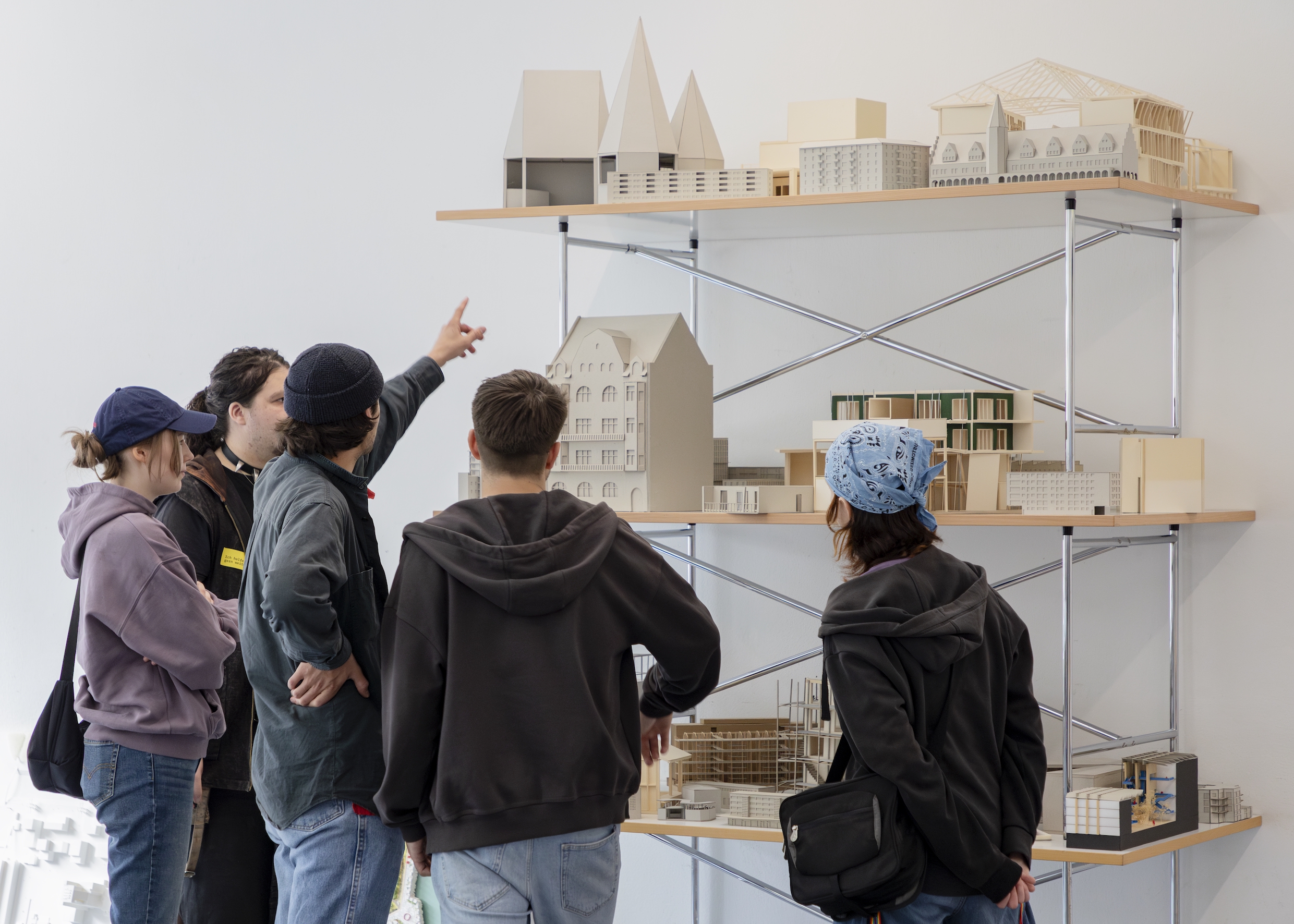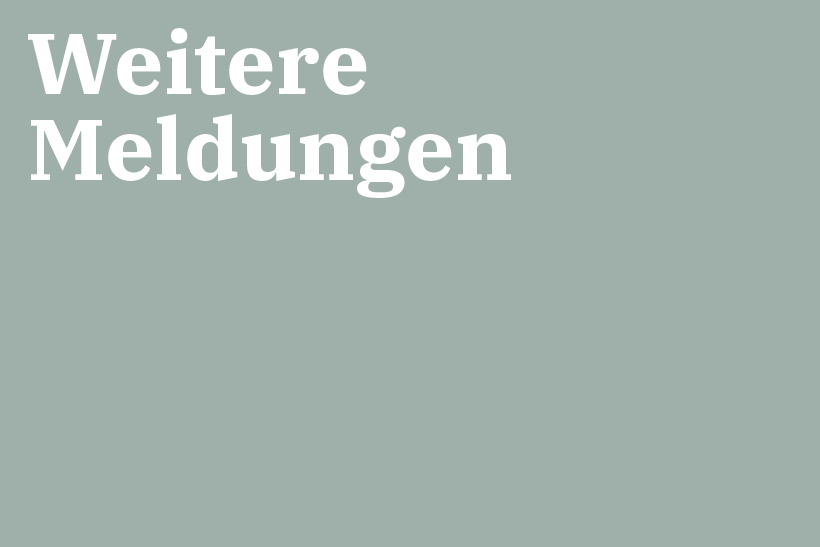
Informationen für neue Bachelor- und Masterstudierende der Studiengänge Architektur und Kunstgeschichte
Los geht's!
Alle Termine von Infoveranstaltungen, Entwurfsvorstellungen, Seminarwahl auf einer Seite.
Mehr erfahren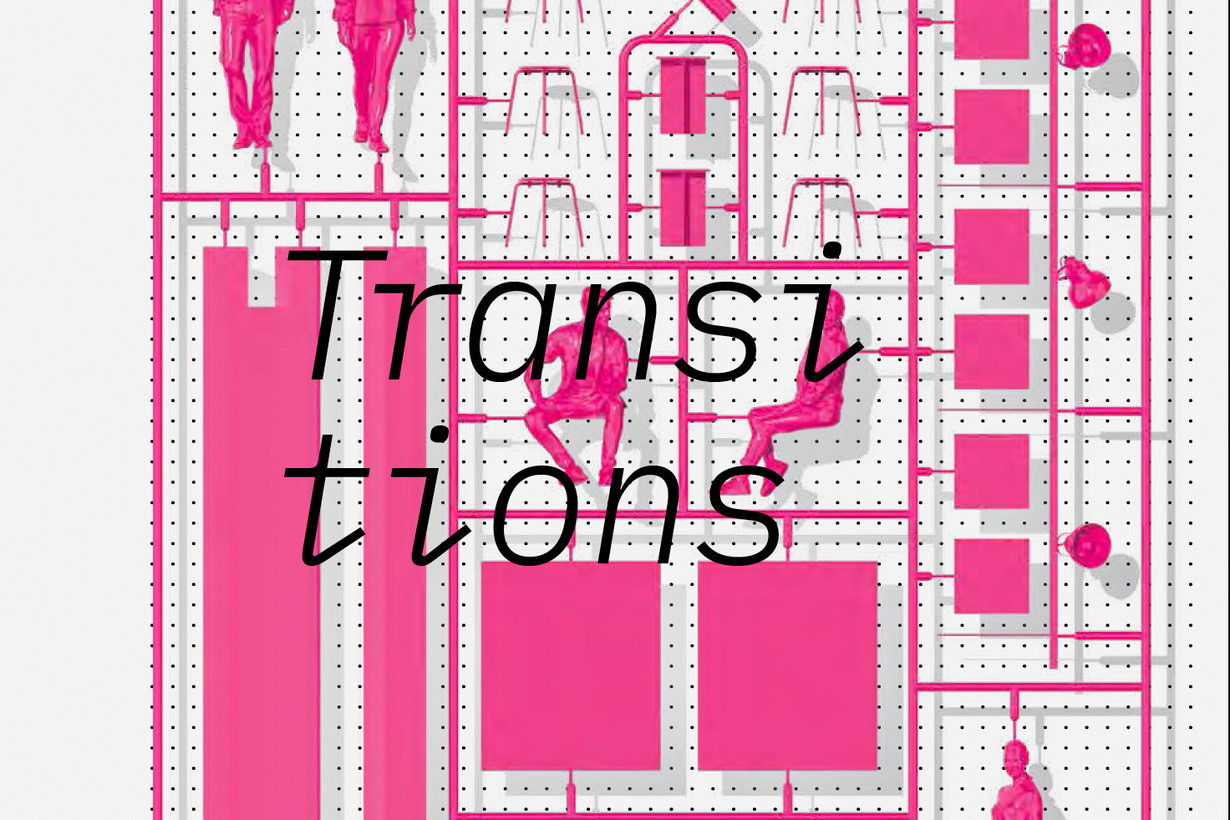
Lehre, Forschung und Fakultätsleben auf über 400 Seiten.
Mehr dazuÜber uns
Die Geschichte der Fakultät geht auf die Gründung der Universität Karlsruhe im Jahr 1825 zurück. In der Tradition der Karlsruher Architekturfakultät stehen zahlreiche bekannte Namen: von Friedrich Weinbrenner und Johann Gottfried Tulla über Heinrich Hübsch bis hin zu Persönlichkeiten wie Egon Eiermann, Fritz Haller und Dieter Kienast. Heute garantieren unsere Professuren und ein breit aufgestellter Lehrkörper eine praxisorientierte und zeitgemäße Lehre für die rund 1.000 Studierenden. Die Lehrstühle sind in vier Instituten organisiert: Entwerfen, Kunst und Theorie, Entwerfen und Bautechnik, Entwerfen von Stadt und Landschaft sowie Kunst- und Baugeschichte. Sie bieten eine breit gefächerte Lehre mit der Möglichkeit, eigene Schwerpunkte zu setzen. Eine internationale Gastprofessur erweitert jedes Wintersemester das Lehrangebot.
Mehr erfahren
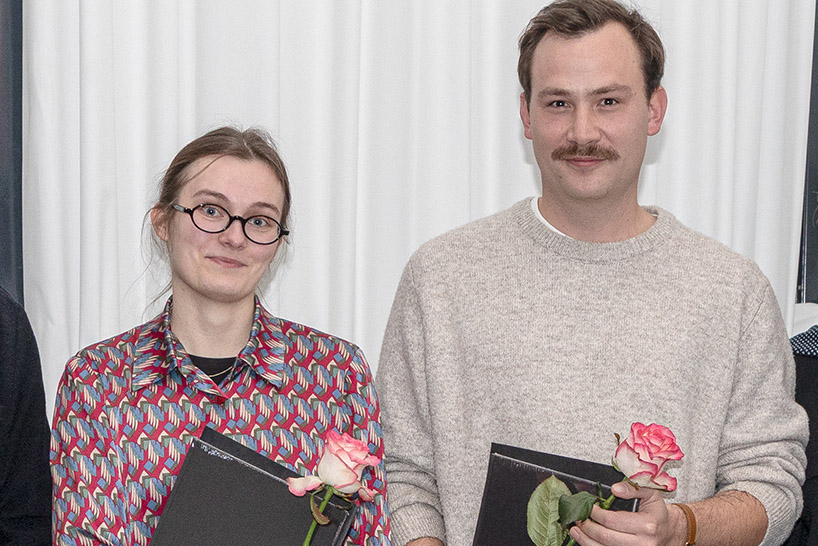
Zehn Masterarbeiten waren nominiert – zwei erste Preise und zwei Anerkennungen wurden vergeben. Die Auszeichnung würdigt herausragende Abschlussarbeiten der Jahre 2024 und 2025.
Mehr dazu
Am Mittwoch, 19. November 2025 ist es wieder soweit! Der Studieninformationstag bietet Studieninteressierten die Möglichkeit, das KIT kennenzulernen. Wir stellen unsere Bachelorstudiengänge Architektur und Kunstgeschichte vor.
Mehr dazu
Welche Art von Praxis ist das Ausstellen von Architektur? Dieser Frage gehen internationale Kurator:innen, Ausstellungsarchitekt:innen, Ausstellungshistoriker:innen oder Institutionsleiter:innen bei den Karlsruher Architekturvorträge im Wintersemester 2025/26 auf den Grund.
Los geht es am 10. Dezember
Die KIT-Fakultät für Architektur beteiligt sich mit mehreren Veranstaltungen am 25-jährigen Jubiläum der Architekturtage.
Mehr dazu
Simon Bechert, M.Sc. vertritt ab dem Wintersemester 2025/26 die Professur Tragwerksplanung und Konstruktives Entwerfen.
Mehr dazu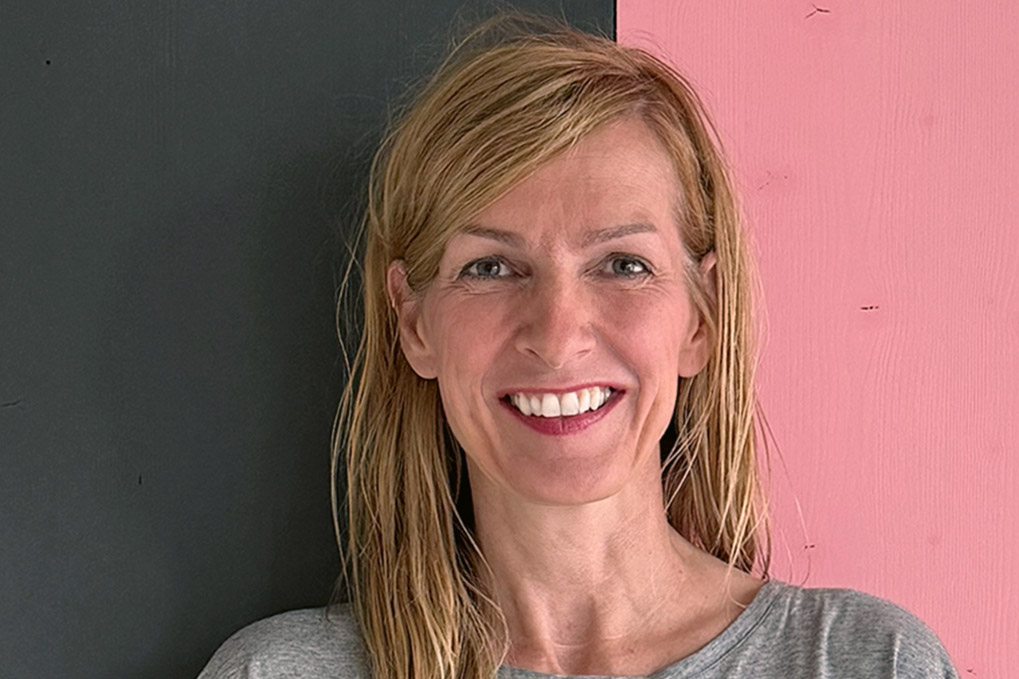
Marion Clauss unterstützt als Vertretungsprofessorin die Professur Stadt und Wohnen im Wintersemester 2025/26.
Mehr dazu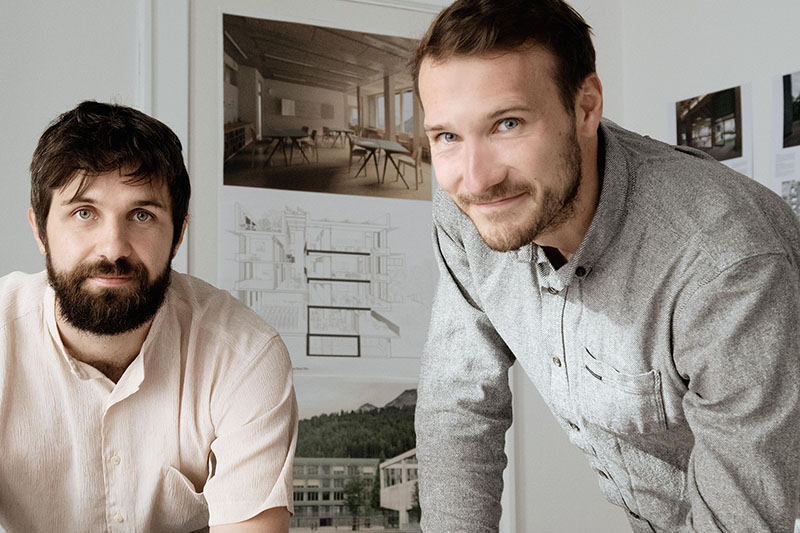
Marc Ritz und Otto Closs von CURA Architekten haben im Wintersemester 2025/26 die Gastprofessur der Wüstenrot Stiftung inne.
Mehr dazu
Jedes Semester geben Architektinnen und Architekten im Rahmen einer öffentlichen Vortragsreihe Einblick in ihre Arbeit.

Das Archiv für Architektur und Ingenieurbau zählt zu den wichtigsten Einrichtungen seiner Art in Deutschland.
Mehr erfahren